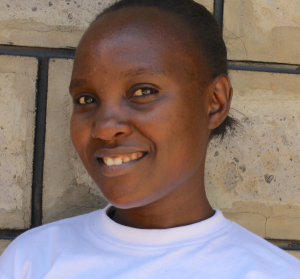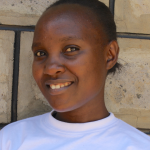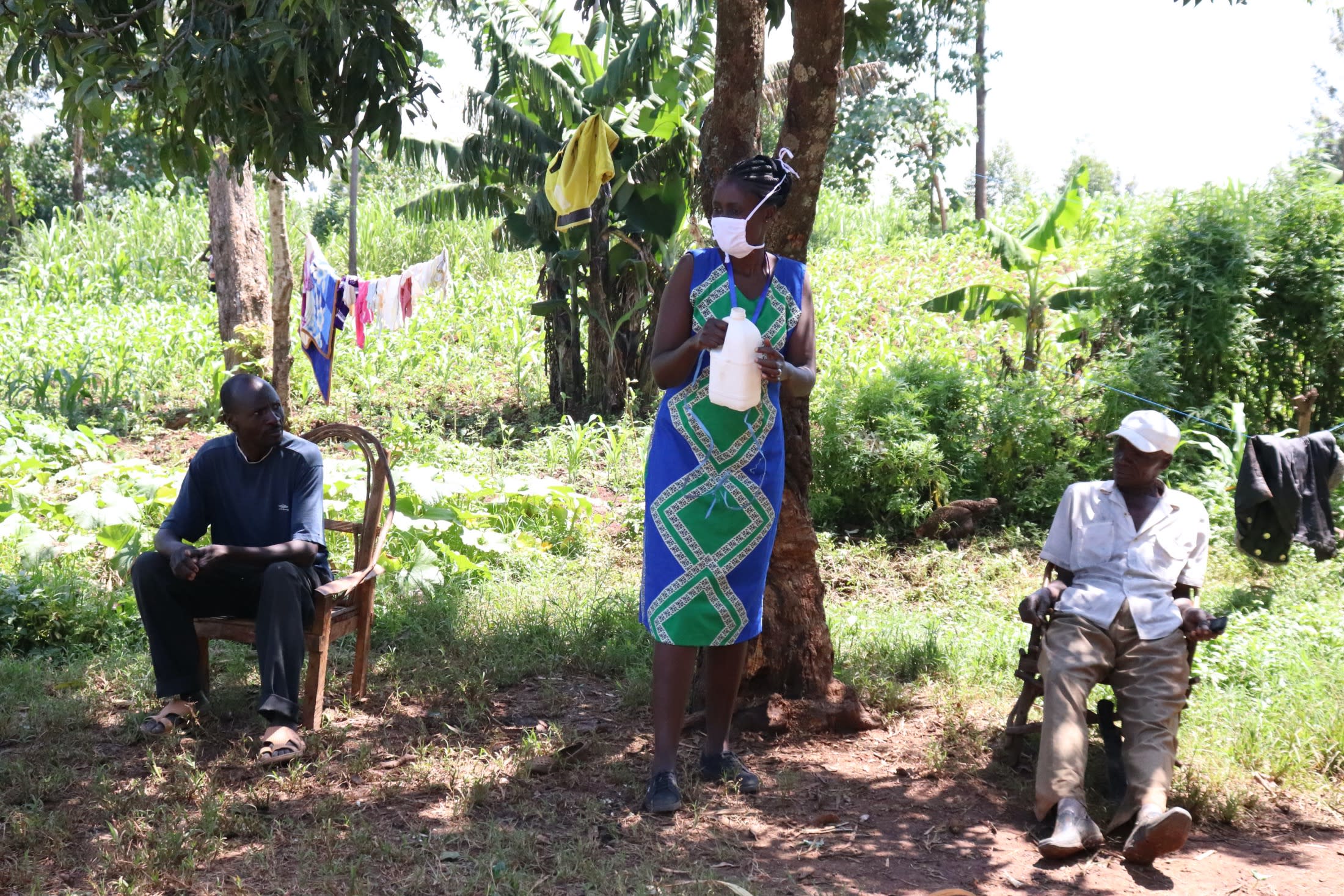Siseche Spring is located in Matsakha sublocation of Kakamega County.
The community was chosen by a team of field officers who went to out to vet 2018 projects. They were directed by Mr. Juma Siseche to the spring and found the spring to be yielding a lot of water, making it viable for protection.
Most of the community members work in sugarcane plantations. They wake up very early in the morning to tend to the farms to provide their daily meal.
Sugarcane is the main cash crop in the area which serves West Sugar and Butali Sugar factories. Most students drop out of school to help their parents in the farms due to lack of school fees.
Water
The lack of safe, clean drinking water and poor sanitation in this area is life-threatening. For that reason, these people are in need of safe and clean water to reduce the contraction of waterborne and hygiene-related diseases.
The people use a jug to scoop water from a pool into which the spring drains. They then pour the water into their containers until they are filled up. The little children dip their containers directly in the pool of water, making it turbid.
People store their water in the same plastic containers which they use for fetching water.
The spring is unprotected. As a result, there are cases of waterborne diseases experienced by community members. There are reported cases of typhoid and cholera, for example.
"During the rainy season, many cases of typhoid are reported in our area because our spring is usually more prone to contamination by surface runoff," Mr. Siseche, a farmer in the community, said.
Sanitation
The community requires training on good hygiene and sanitation practices so that they can live in a clean environment and maintain cleanliness of the spring and its surrounding.
Fewer than half of households have latrines. The latrines that do exist are in pathetic conditions. The floors are made of mud which is not washable and the doors are either rusty iron sheets, rags, or plastic bags.
They dispose of their garbage in their gardens whereby, after decomposing, it acts as manure to make the land fertile.
Here’s what we’re going to do about it:
Training
Community members will attend hygiene and sanitation training for at least two days. This training will ensure participants have the knowledge they need about healthy practices and their importance. The facilitator plans to use PHAST (Participatory Hygiene and Sanitation Transformation), CLTS (Community-Led Total Sanitation), ABCD (Asset-Based Community Development), group discussions, handouts, and demonstrations at the spring. One of the most important topics we plan to cover is the handling, storage, and treatment of water. Having a clean water source will be extremely helpful, but it is useless if water gets contaminated by the time it’s consumed. Handwashing will also be a big topic.
Training will also result in the formation of a committee that will oversee operations and maintenance at the spring. They will enforce proper behavior around the spring and delegate tasks that will help preserve the site, such as building a fence and digging proper drainage. The fence will keep out destructive animals, and the drainage will keep the area’s mosquito population at a minimum.
Sanitation Platforms
On the final day of training, participants will select five families that should benefit from new latrine floors.
Training will also inform the community and selected families on what they need to contribute to make this project a success. They must mobilize locally available materials, such as bricks, clean sand, hardcore, and ballast. The five families chosen for sanitation platforms must prepare by sinking a pit for the sanitation platforms to be placed over. All community members must work together to make sure that accommodations and food are always provided for the work teams.
Spring Protection
Protecting the spring will ensure that the water is safe, adequate and secure. Construction will keep surface runoff and other contaminants out of the water. With the community’s high involvement in the process, there should be a good sense of responsibility and ownership for the new clean water source.
Fetching water is predominantly a female role, done by both women and young girls. Protecting the spring and offering training and support will, therefore, help empower the female members of the community by giving them more time and efforts to engage and invest in income-generating activities.
This project is a part of our shared program with Western Water And Sanitation Forum (WEWASAFO). Our team is pleased to provide the reports for this project (edited for readability) thanks to the hard work of our friends in Kenya.

 Protected Spring
Protected Spring
 Rehabilitation Project
Rehabilitation Project










































